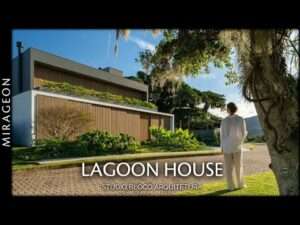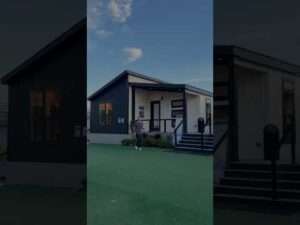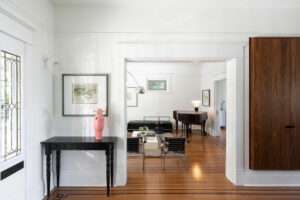Architecture and Design Obsession
Sandy Chilewich
In our July/August 2012 issue, we profiled a cross-section of women working in the design field from architects to curatorial theorists and a handful of professions between. One prominent figure in design today is Sandy Chilewich, co-owner (with husband Joe Sultan) of Chilewich | Sultan LLC.
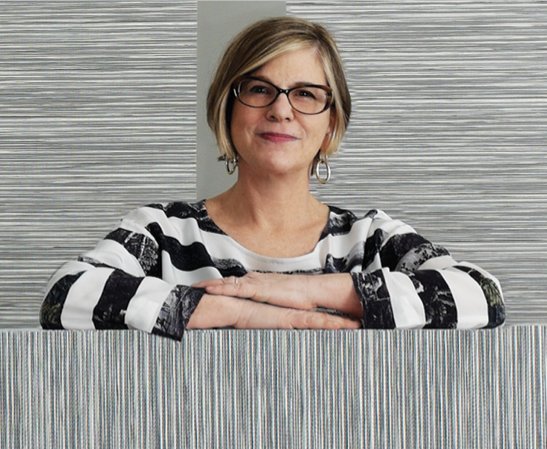
For over thirty years, Chilewich has found herself at the head of successful business ventures. If you’ve shopped for tabletop accessories, floor coverings, or legwear, chances are you’ve come across her work. A product innovator, Chilewich co-founded hosiery company HUE in 1978, developed the popular Ray Tray in 1997, and established her namesake company in 2000. We chatted with Chilewich about her background, design philosophy, and challenges and advantages of being a female entrepreneur.
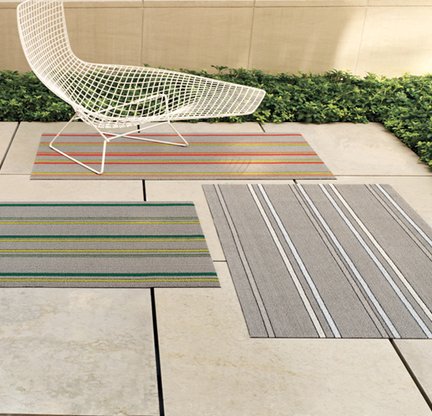

The two companies you established, Chilewich and Hue, are both textile-driven. Can you tell the story behind the connection?
I began those two businesses from scratch. I started Hue in 1978 when I was in my twenties. I owned it for 16 years and by the end of my time there, we were doing $40 million in sales. I started Hue just like I started Chilewich. Both of those came from a creative place. I wanted to take an idea for a product, figure out how to make it, and then sell it.
After I sold Hue—which is hosiery, a textile about stretch and Lycra, and natural and synthetic fibers—I knew I didn’t want to be in the fashion world. I had this idea inspired by the Butterfly chair. I kept imagining that it would be amazing as a tabletop concept: a textile container for fruit and vegetables [the Ray bowl].
In my search for new textiles that I could introduce into the line, I found a resource in Alabama. They had this woven vinyl—”Plynyl”—that was always used in the ugliest furniture. I got some samples and fell in love with the material and its potential. It was absolutely durable and it was beautiful. I took the material and began making bowls from it. It was a concept to recast these materials. I started designing with them, making my own colors, but eventually lost interest in the bowls. I didn’t want to enlarge the concept and dilute it.
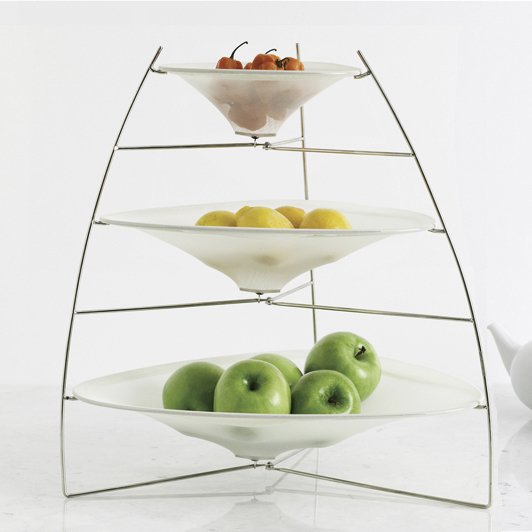
See the full story on Dwell.com: Sandy Chilewich
Related stories:
- This Stunning Studio in Rhode Island Is a Creative’s Dream
- 8 Postmodern Buildings That Proclaim “Less Is a Bore”
- In Memoriam: Ada Louise Huxtable

